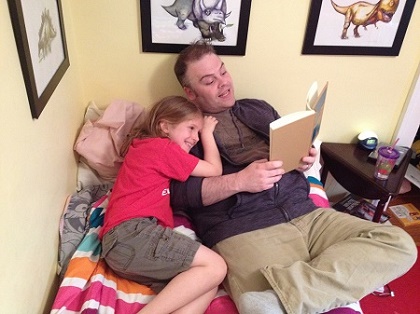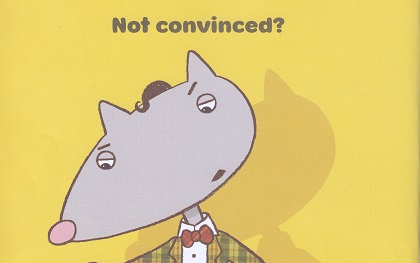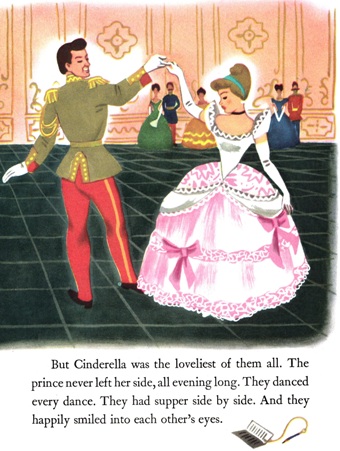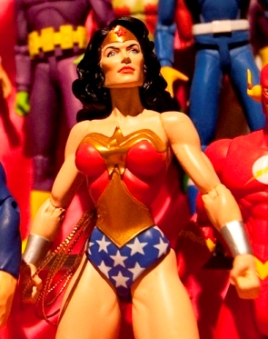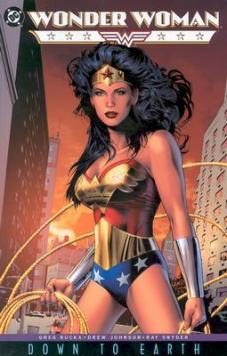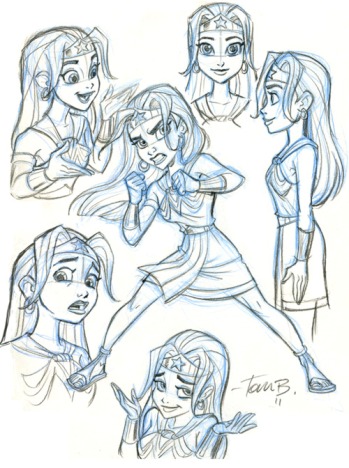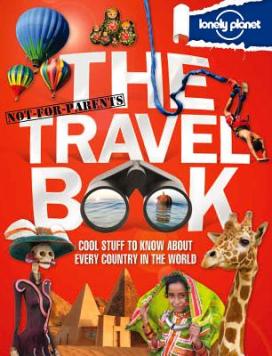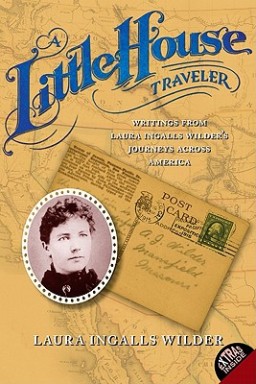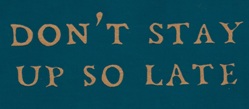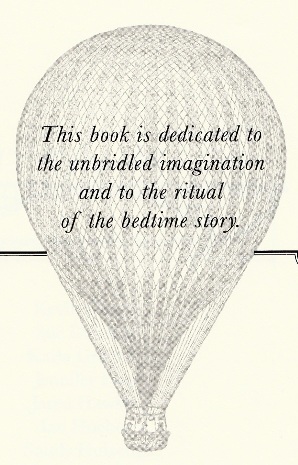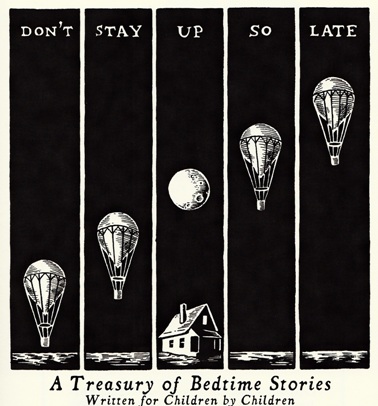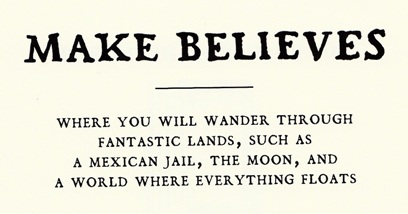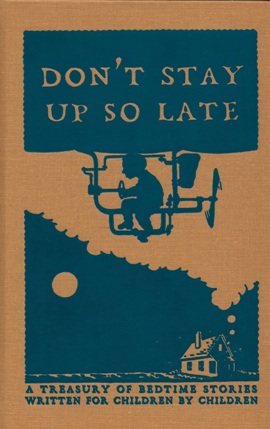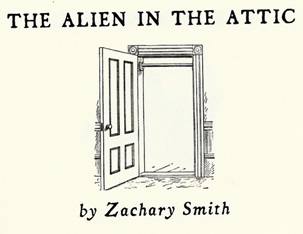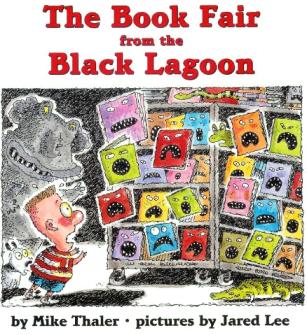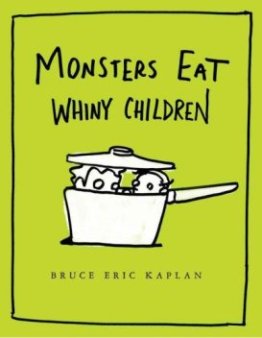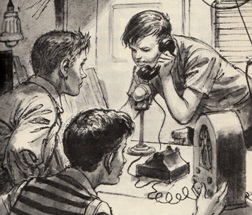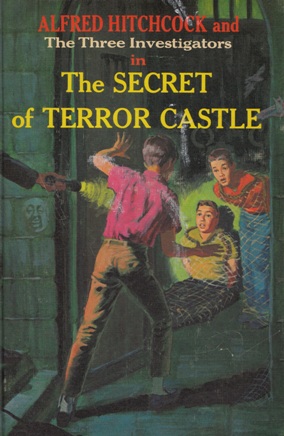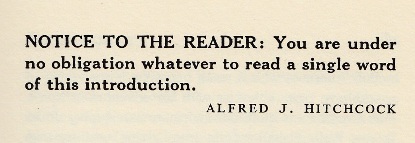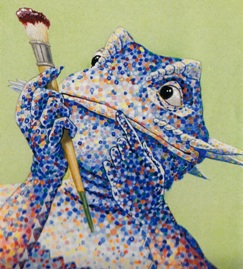
If I rub my chin and look thoughtfully at the painting, maybe people will think I know what I’m talking about…
I don’t know much about art. I couldn’t tell an impressionist from an expressionist if my life depended on it. That being said, I love art and art museums, and I think viewing and talking about art is an incredibly valuable experience for a young child.
I grew up near a wonderful art museum – The Detroit Institute of Arts – and I spent a lot of time there as a kid, mostly because they had fantastic children’s programs and admission was free. And, while I never did pick up on the myriad differences between impressionism and expressionism, I did spend hours upon hours browsing the collections and forming opinions about the paintings and statues. Some I adored, some I hated. Some stirred emotions, some left me cold. Even if I never picked up on the historical context of the collections or the art-world lingo, I definitely “experienced” the art, for lack of a better term, and I deeply enjoyed that experience.
The great thing about spending time with art is that it helps teach you how to process abstract concepts. If you look at a painting and really ask yourself, “Why does this painting make me feel this way?” or “Why do I interpret the color red as anger?”, it can give you some amazing insights into how your brain works. And, when you talk about something as abstract as art, it helps you develop this vocabulary that, believe me, really comes in handy later in life when you’re struggling to talk about abstract concepts like pain, loss, joy, and love. So, yes, art is pretty and it’s nice to look at, but experiencing art isn’t just about aesthetics alone. That’s why I think exposing kids to art at a young age is a terrifically enriching activity and I just couldn’t encourage it more.
But, I realize that talking about art isn’t easy, particularly when (like me) you don’t know much about it, and many families don’t have world-class, free-admission art institutes right down the street. So, if you need help introducing your kid to the joys of art, here are six books that I think do an amazing job of helping kids grasp the illusive, abstract wonders of really appreciating both art and the creative process.
I once wrote that “David Wiesner is one of reigning Grand Poobahs the modern picture book and ANYTHING he publishes is totally worth your time.” I still stand by that statement and Wiesner‘s most recent picture book, Art & Max, is no exception. Across Wiesner’s gorgeous desert landscapes, we meet Arthur (or “Art”), a stately lizard who’s painting a very traditional portrait of a small red companion. Suddenly, the hyperactive lizard Max knocks into Art and declares “I can paint too, Arthur!” But Max doesn’t know what to paint. When Arthur suggests “you could paint me”, Max interprets this literally and starts splashing colors onto his exasperated friend. After Arthur screams in fury, the paint explodes off of him, leaving behind a vague color outline. This leads into a series of transformations where Arthur’s body evolves through several distinctly different art styles – pastels, watercolors, penciled outlines, Jackson Pollack-esque splatters, pointillism – his body is like a living history of art.
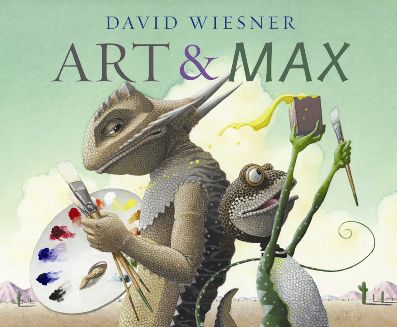
The best buddy movie about art EVER
Max’s playful antagonism exposes Arthur to a whole new perspective on what art can be and, as the book ends, both lizards are attacking their new canvases with renewed vigor. But don’t let my references to Jackson Pollack and pointillism scare you off. First and foremost, Art & Max is a very, very fun picture book. My daughter always cackles as Max paints all over his best friend with wild abandon, and Art & Max is filled with some of the funniest physical humor I’ve seen in a picture book in ages. Who knew art could be this fun?
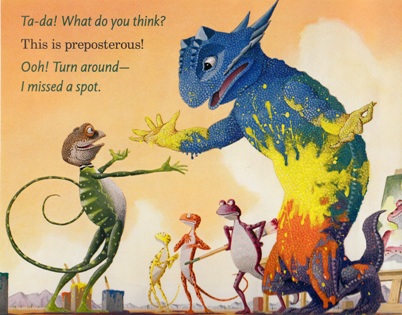
Insert your own “painted lizard” joke here…
This is an odd little picture book that my daughter adores. (Seen Art? might be one of our most frequently checked out books from the library.) To commemorate the opening of the new location of New York City’s Museum of Modern Art in late 2004, Scieszka and Smith created this long, thin tribute to the museum, in which a young boy, looking for his friend Arthur, gets directed into the new MoMA building after asking around, “Seen Art?” (Characters named “Art” or “Arthur” are a common recurring motif in kids’ picture books about art.) The boy eventually wanders through the museum – the book features a large series of wonderful reproductions of many of the museum’s most notable pieces – learning while he goes how other people define what exactly “art” is. The offbeat characters throughout the museum present to the young boy a fantastic series of questions regarding art – questions like “Is it trying to capture dreams? Or is it making images everyone can recognize?” And those questions have sparked some really fun conversations with my daughter.
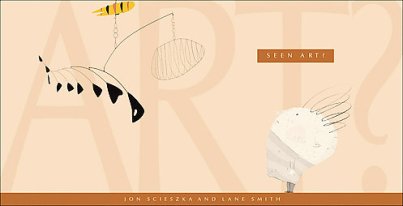
My kid loves this picture book/museum guide book hybrid…
Seen Art? is a great overall primer for teaching kids how to appreciate and talk about art. And it’s the reason why my six year old can recognize an Andy Warhol or Roy Lichtenstein print on sight, which is pretty cool. Plus, when I was finally able to take her to MoMA this past summer, my daughter was over-the-moon excited and recognized her favorite pieces from the book on almost every floor of the museum, which was also pretty cool. [read the rest of the post…]
